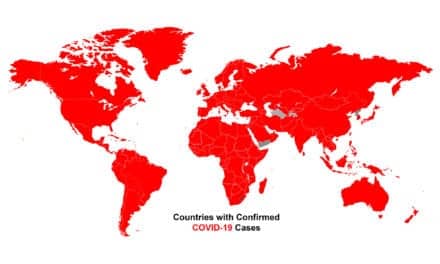A new study authored by scientists at the National Institutes of Health, in collaboration with colleagues at the CDC and Harvard University, Boston, and Emory University, Atlanta, suggests that one in four COVID-19 deaths in U.S. hospitals may have been attributed to hospitals strained by surging caseloads. Published in the Annals of Internal Medicine, the analysis looked at data from 150,000 COVID-19 inpatients from 558 US hospitals from March to August of 2020. More than half of those admissions were patients arriving at hospitals during peak COVID-19 surges.
The surge–mortality relationship was stronger from June to August 2020 versus March to May 2020 (ie, the contrast in outcomes between surging and non-surging hospitals appeared to grow over time), despite greater corticosteroid use and more judicious intubation during later and higher surging months. Surges were associated with mortality across ward, intensive care unit (ICU) and intubated patients.
These findings have implications for triage strategies, hospital preparedness, how healthcare facilities allocate resources and how public health authorities can assess and react to local data. To better highlight the strain experienced by hospitals, investigators used a measure of surge that considered not only the number of patients with COVID-19, but also illness severity and the hospitals’ typical bed capacity. By tracking these data, hospitals could preemptively divert patients and ask for help sooner – potentially avoiding excess deaths.
The researchers noted that despite improvements in COVID-19 survival between March–August 2020, surges in hospital COVID-19 caseload remained detrimental to survival and potentially eroded benefits gained from emerging treatments. This research suggests that bolstering preventative measures and supporting surging hospitals could save many lives.










